Salad is a side, not a topping
One thing I’ve learned traveling around the U.S. is that there is a lot of weird pizza out there. Pizza made with baking soda. Or biscuit mix. Pizza made with tasteless sauce from huge cans and pre-grated cheese that doesn’t really melt. And pizza heated up in a microwave on Amtrak (beyond gross). Not to mention some really weird toppings. All of this is so wrong, wrong, wrong.
I live in Western New York in a city with a large Italian American population — Sicilian American, to be precise. I spend a lot of time in NYC and always try to find time for a slice of the classic New York street pizza, a triangle you fold lengthwise so the point won’t droop as you shove it into your pie hole. And for years I’ve been making pizza — tweaking and searching for that perfect home version. But a recent pizza at a posh local restaurant, not Italian, brought me home to how good a perfect pizza can be.
It was wood-fired: The sauce was fresh and bright, spread thinly, and dosed with a healthy amount of red pepper flakes. Whole milk mozzarella, not fresh mozzarella, and a complete layer of very thinly sliced pepperoni. The crust was thin, blackened on the edges, and crisp on the bottom. With each bite, all these flavors stood out, while perfectly complementing each other. It was heaven and I inhaled it.
So, how do you get this at home without a wood oven and a talented staff of trained cooks? You start by knowing your pizza types.
So, how do you get this at home without a wood oven and a talented staff of trained cooks? You start by knowing your pizza types. If you live in most parts of the U.S., you have probably never eaten a proper pizza. But there’s no reason you can’t make one yourself. Let’s look at a few simple things that can elevate your pizza to near nirvana.
What is a Sicilian corner?
First, let’s define the three principal types of pizza served in New York State:
Neapolitan. Naples is the undisputed home of pizza, and in Naples, they pretty much only make two kinds of pizza. Margherita (thin crust, plain tomato sauce, fresh mozz, and a sprinkling of torn basil leaves on top, after baking) and margherita with thinly sliced salami on top. This is the Holy Grail for most pizza lovers, but it is actually quite hard for home bakers to duplicate. The ovens they use are so hot that the pizzas cook in 2–3 minutes, giving them a crackle and sear. In Italy, they are commonly eaten with a fork and knife. Street pizza here is a variation on this.
Sicilian American style. You may not see this in a lot of places and many places call it thick-crust pizza. It has a thick, bready crust and a thin even layer of cooked tomato sauce, usually pureed, and a layer of Pecorino Romano cheese. It is typically baked in a sheet or half sheet pan and cut in squares. If you like a corner (more crust), ask for a Sicilian corner. These are usually baked in pizza ovens that have a heated flat surface and are low in height so the heat is focused. This is really an invention of Sicilian immigrants seeking a filling meal at a low cost. It can be delicious.
Wood-fired “restaurant” pizza. This is the pizza I described above and am still drooling about. It is characterized by the best ingredients, minimal toppings, and a thin crust baked at high temperature. This is my target for this article. I am sad to say that many restaurants can’t resist the desire to doll these up with all kinds of non-traditional toppings and sauces. Try their margherita first — it will tell you everything you need to know about their pizza savvy, or lack thereof.
Dough, sauce, cheese, meat
These are the four basic ingredients in true pizza, with the meat being optional (typically pepperoni or Italian sausage). Obviously the dough is the foundation. Fortunately, pizza dough is very simple, only containing flour, yeast, salt, and water, and sometimes a dollop of olive oil. Nothing else. Pizza dough without salt will be tasteless. Find a recipe and make your own, or, in a pinch, you can buy it frozen or at a pizzeria. Look at the ingredients. If anything is added beyond those five ingredients, don’t buy it. A lot of commercial baking products are a chemist’s dream, not a cook’s.
Two steps are important with dough. It should be autolyzed to develop gluten. This is a process where the yeast, flour, and water are mixed together, without the salt, and allowed to rest for 30-45 minutes before kneading in the salt. It will be noticeably more elastic after this step. Proofing or rising not only develops the structure of the dough, but a longer proof also ferments it, creating flavor. Best done cold to avoid overproofing, which can weaken the dough.
A proper pizza sauce is what we call a fresh tomato sauce, just pureed San Marzano tomatoes and garlic cooked together with olive oil to blend the flavors but not until it is getting thick. The key with sauce, like so many other things, is keeping it minimal, both in preparation and in the amount used. It should barely coat the dough.
Cheese, wonderful cheese. This is where, in my opinion, a somewhat aged whole mozz stands out. The kind that comes in a bulging plastic pillow shape, not the soft fresh version. The regular mozzarella sold everywhere. It melts better and has more flavor. Grate your own — pre-grated cheese has an edible coating designed to keep it from clumping in the bag, but this coating also keeps it from melting smoothly. A dusting of Parm or Romano (from Italy please and grated by you) is optional.
Pepperoni on pizza is largely an American thing, but it is a good one.
Pepperoni on pizza is largely an American thing, but it is a good one. But not all pepperonis are equal. The best option is from a quality Italian deli where they slice it thin when you order it and let you taste it. It should not be too fatty or salty and should taste mainly of cured meat. Unless you have a meat slicer, it is much better to have them slice it. It is virtually impossible to get even thin slices with a knife. Those thin slices crisp up, release limited amounts of oil, and can be layered without overwhelming everything else.
Stretch, don’t roll
Pizza makers do not roll their dough, they stretch it. I doubt you or me is going to get adept at tossing it, though that is a great way to get a thin crust with plenty of gluten. You can pick the dough up and drape it over one closed, floured fist and work your way around, stretching while your hand supports the center. It takes a little practice. If the dough tears, it is not properly proofed. One clue is the “windowpane” test, where you grab an edge of the dough and gently stretch it until it is thin enough to see through. If it holds this without tearing, it’s ready.
Keep it simple
It is tempting to load your pizza up with goodies: onions, mushrooms, peppers, etc. Resist this because all those things contain moisture, and excess moisture is the enemy of perfectly crisp pizza. If you want onion or mushroom, replace the pepperoni with one ingredient and let it shine. In addition to moisture, it can be difficult for these toppings to cook evenly because they have different cooking times. Simplicity is the essence of pizza.
Think of it as a marriage of layers
This is something that stood out for me with my dream pizza. The dough, sauce, cheese, and meat formed thin layers that were bonded to each other. Minimal sauce and cheese and thin meat mean a pizza that does not drag a whole layer of stuff off when you bite into it. If fact, you should be able to bite through it easily.
Hot, hot, hot: maxing out your oven
Those wood-fired ovens can hit 800 degrees F, creating a blast furnace effect that welds those layers together and dries out excess moisture. You can’t really duplicate this with a conventional home oven, though there are now inexpensive grill-style ovens you can buy for outdoor use.
There are steps you can take to maximize your oven’s heat. Set it at 500 and wait until it is completely heated up to temp. An oven thermometer can help. Set an upside-down steel sheet pan (not nonstick!) on a middle rack before you turn the oven on and let it get hot. This is your cooking surface and the hot metal helps you achieve that crackly bottom crust. If you have convection, turn it on. Put your pizza in and do not open the door until you are ready to take it out. Opening the door for even a few seconds drops the temperature quickly. You may need to bake a few pies to determine the baking time, but after that, stick to your time and resist peering in!
Put the salad next to the pizza, not on it
Yes, this is another rant about excessive ingredients. Use those extras in a nicely dressed fresh salad and put that next to your pie for a perfect meal.
A great pizza is a simple thing. Use the best ingredients, bake it hot as hell, and don’t burn the roof of your mouth — it gets better as it cools. But make your own and you may have a hobby for life — and you’ll certainly eat a lot of great pizza.
Source : Medium






























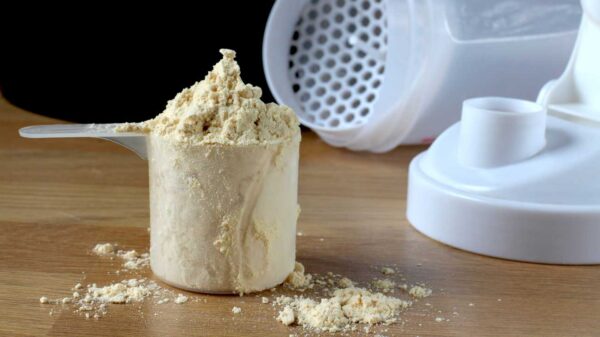




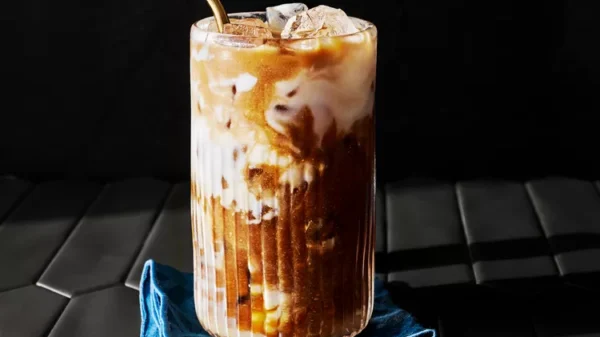
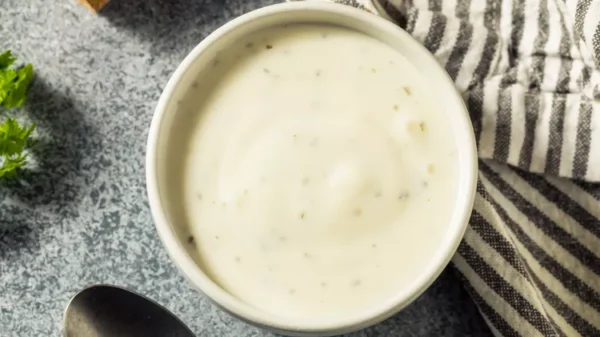
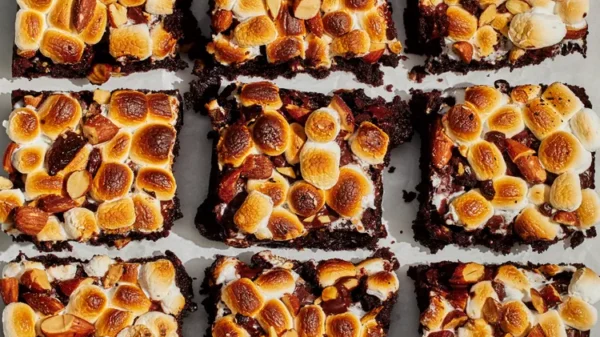
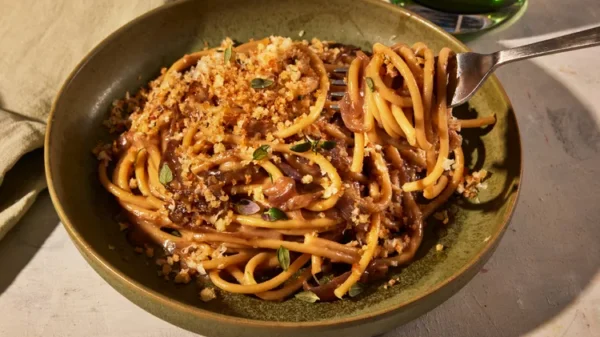
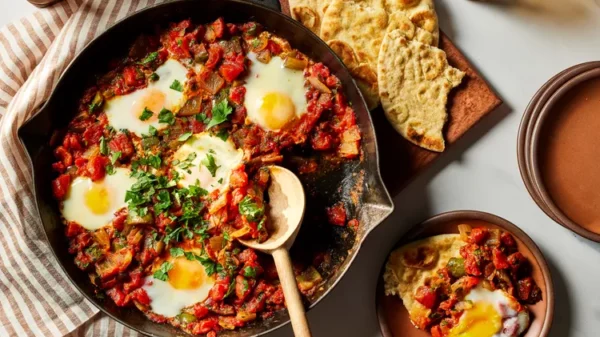










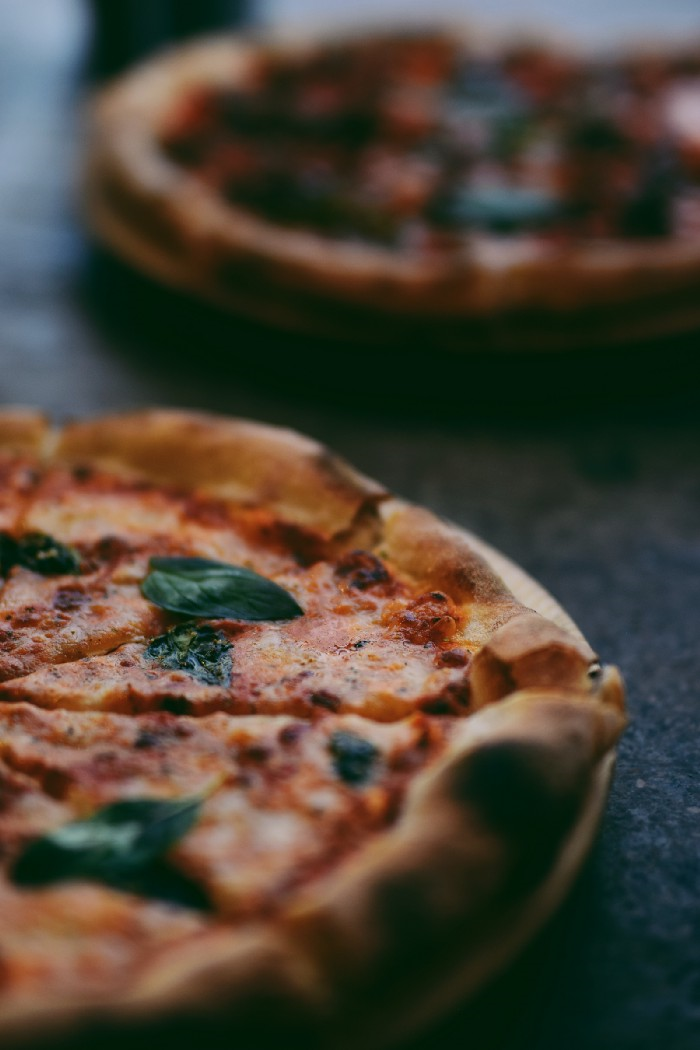




You must be logged in to post a comment Login